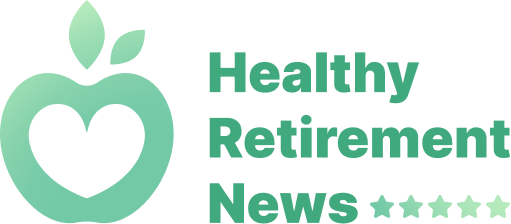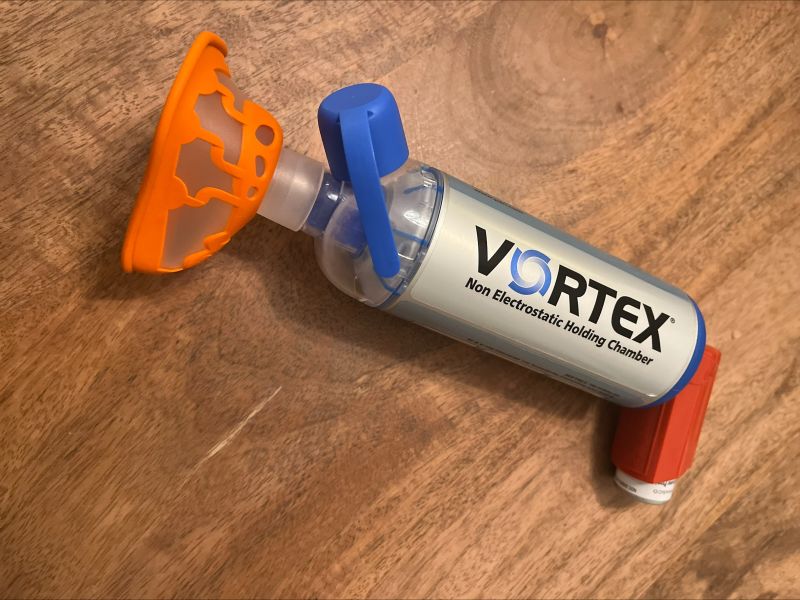Kerry Pearl remembers the pharmacist holding up the medicine her 4-year-old son needed to help him breathe.
“He was literally holding it, looking at me like: ‘I can’t give you this,’ ” she recalls. “My poor kid is at home not sleeping through the night and waking up coughing, and you’re holding the answer and the insurance company kind of holds the keys here.”
It was the asthma drug fluticasone, whose brand name is Flovent. It’s used daily by the youngest children with asthma as a preventive medicine so their airways don’t get so swollen that a trigger — a virus, cold air, pollen — could cause an asthma attack.
As a toddler, before Pearl’s son started it, she said he would cough all night and sometimes gasp for breath when he talked. With the medicine, she said, his asthma was finally under control.
But the maker of Flovent, British drug giant GSK, removed the branded drug from the US market in January, and its replacement — an authorized generic form identical in all but branding — doesn’t have the same insurance coverage. It costs hundreds of dollars a month without it. The move has left families like Pearl’s scrambling.
Asthma drugs can be pricy across the board, so much so that the Senate health committee, led by Sen. Bernie Sanders, opened an investigation into the situation in January.
Shortly afterward, three of the biggest makers of asthma inhalers, including GSK, pledged to cap out-of-pocket costs for some US patients at $35.
“While the progress that’s been made with the out-of-pocket caps is great, and has left a lot of us in general feeling optimistic, children still can’t get their hands on a preventive asthma inhaler,” said Dr. Robyn Cohen, a pediatric pulmonologist at Boston Medical Center.
It’s a situation that has put kids in danger of asthma flare-ups and visits to the ER.
Asthma drugs for the littlest kids
There are three inhalers in this category that the youngest kids with asthma can use, Cohen explained. They’re called metered-dose inhalers, and they’re paired with a device called a spacer — essentially a face mask that connects to the dispenser. That enables the medicine to be given as an aerosol so little kids can just breathe it in.
“A child just needs to breathe through the face mask and we know that they’re getting the medication,” Cohen said. Other devices in the category, she explained, “require the patient to initiate a strong deep breath in, and then they have to hold their breath for 10 seconds.”
That’s not something toddlers and young children can be taught to do.
Since GSK took branded Flovent off the market earlier this year, the three options left have become increasingly expensive and hard to find.
The authorized generic version of Flovent, fluticasone, is made by a different company, Prasco Laboratories. So GSK’s pledge to cap monthly out-of-pocket costs at $35 across all of its asthma and COPD products doesn’t apply to generic fluticasone.
Doctors like Cohen and Christy Sadreameli, a pediatric pulmonologist at Johns Hopkins, saw this coming last year. One solution was to try to switch kids to another option, Asmanex, but that drug has now gone into shortage as a result.
The third inhaler in this category is called Alvesco, and it also doesn’t have broad insurance coverage, Cohen said — perhaps because it carries a higher list price. Sadreameli cited data showing it costs more than $300 a month before insurance coverage; Asmanex is less than half that.
“All of us know of know of a child who has struggled as a result of this,” Cohen said.
Going without needed medication
Julie Leach’s 13-year-old daughter, Abby, has a very rare condition called cerebrocostomandibular syndrome that restricted her lung development, and she was doing well on Flovent until it was discontinued.
And the insurance tangles for these medications can lead families through bureaucratic odysseys to get the inhalers their kids need — a process they have to go through every month.
Her insurance suggested Abby use a drug called Pulmicort instead of the generic Flovent. Abby’s doctor, Sadreameli, said Abby should stick with the metered dose inhalers that can be used with spacers, since Abby has a tracheostomy tube in her airway. Sadreameli and her team spent time working with Leach’s insurance provider to agree on a solution, and they settled on Alvesco.
It ended up taking a month to work out, while Abby didn’t have any medication. When insurance finally did approve the drug, a patient assistance coupon was applied to it that carried a $65 copay, when Leach’s secondary Medicaid coverage should have come with none.
“It took another probably two weeks for me to call around to all these people” to get the coupon removed, Leach said. “Meanwhile, she doesn’t have any inhaler … I’m panicking because she’s never really been without an inhaler ever. So I really didn’t know how her lungs were going to react, not having medicine.”
Leach said every month, when she goes to fill the prescription — for just one of more than a dozen medicines Abby needs — she holds her breath.
Yet it is not always clear which PBM a patient has when a doctor is prescribing a medicine, Sadreameli said, and they frequently encounter hurdles. And, said Cohen, out-of-pocket costs can still be high even with coverage.
Alvesco and Asmanex are made by Covis Pharma and Organon, which are not among the companies that made the $35 pledges on asthma and COPD drugs. Aside from GSK, the other two manufacturers that did are Boehringer Ingelheim and AstraZeneca.
For parents like Leach and Pearl, the lack of help for kids is incredibly frustrating.
“I don’t know why we’re treating kids as kind of like a lesser population,” Pearl said. “Kids need to breathe just like adults do.”

